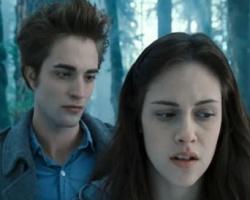Children’s books about divorce–which are unanimously dedicated to bucking up those unfortunate little nippers whose families have gone belly-up–ask a lot of their authors. Their very premise, however laudable, so defies the nature of modern children’s literature (which, since the Victorian age, has centered on a sentimental portrayal of the happy, intact family) that the enterprise seems doomed from the title. Since the 1950s, children have delighted in the Little Bear books (Mother Bear: “I never did forget your birthday, and I never will”)—but who wants to find a copy of Cornelia Maude Spelman’s Mama and Daddy Bear’s Divorce wedged onto the shelf? Still, the volumes fill a need: helping children understand that life on the other side of the custody hearing can still be happy and hopeful, that a broken family is not a ruined one.
But pick up a novel written for adolescents in which the main character is a child of divorce, and you’re in very different waters. Divorce in a young-adult novel means what being orphaned meant in a fairy tale: vulnerability, danger, unwanted independence. It also means that the protagonists must confront the sexuality of their parents at the moment they least want to think about such realities. It introduces into a household the adult passions and jealousies that have long gone to ground in most middle-aged parents, a state of affairs that is particularly difficult for girls, who have a more complicated attitude toward their own emerging sexuality than do boys, and who are far more rooted in the domestic routines and traditions of their families, which constitute the vital link between the sweet cocooning of childhood and their impending departure from it.
…Twilight is the first in a series of four books that are contenders for the most popular teen-girl novels of all time. (The movie based on the first book was released in November.)




